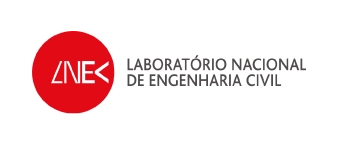01. Cascais, Portugal
Lead:

Others partners involved:



Cascais is a town and municipality of Portugal located in the Lisbon Metropolitan Area. It is currently the sixth most populated municipality in the country, with an estimated population of 214,158 inhabitants in an area of 97.40 km2. Cascais is an important tourist destination. Cascais’s population and economic development have greatly benefited from its proximity to Lisbon, a major economic, cultural, and services centre, where major transport infrastructures (port, air, and rail) are located. Cascais is divided into four parishes, having a mixture of environments between the coastal area and the interior part: urban, suburban and rural. Cascais’ urban roads account for most fatal and serious injury crashes (92%).
Specific demonstrations to support the CAMBER objectives:
Cascais will demonstrate the integration of asset and safety management across a network of urban and interurban roads (Component 1). This will include correlation of the existing asset data and other available data from the road authority and CAMBER partners (such as existing asset data, safety data, speed and flow data, crash data, etc.) with that required by established safety performance metrics, such as IRAP Star Ratings. Additional new-generation, real-time data will be gathered to validate and prove more efficient data sources for asset and safety management of the road network (Component 2).
Collection of high-precision and up-to-date “ground-truth” data will be carried out by LNEC and AIT’ Roadlab and MoProVe for this purpose on a 35 km networks of urban roads which are representative of a range of road types/features and road users. Data collected is likely to include raw digitized road data including pavement surface condition and damage, as well as road markings. The data will be collated into a digital twin model by AGIL (Component 3) and used to map dangerous sites per road user type and to correlate standardized indexes (e.g., road surface characteristics), crowdsourced/probe vehicle generated metrics, and/or high crash frequency/risk sites. The Cascais pilot will also test new low-cost engineering solutions (Component 5) to elicit driving behaviour (e.g., PTW on curves; approach to roadwork zones), using data from equipped probe vehicles. This includes the mapping and rating the readability of infrastructure-based support to ADAS (e.g., road signs and markings) (Component 4), as well as the frequency and rating (according to possible consequences) of encounters between motorized vehicles and vulnerable road users.














